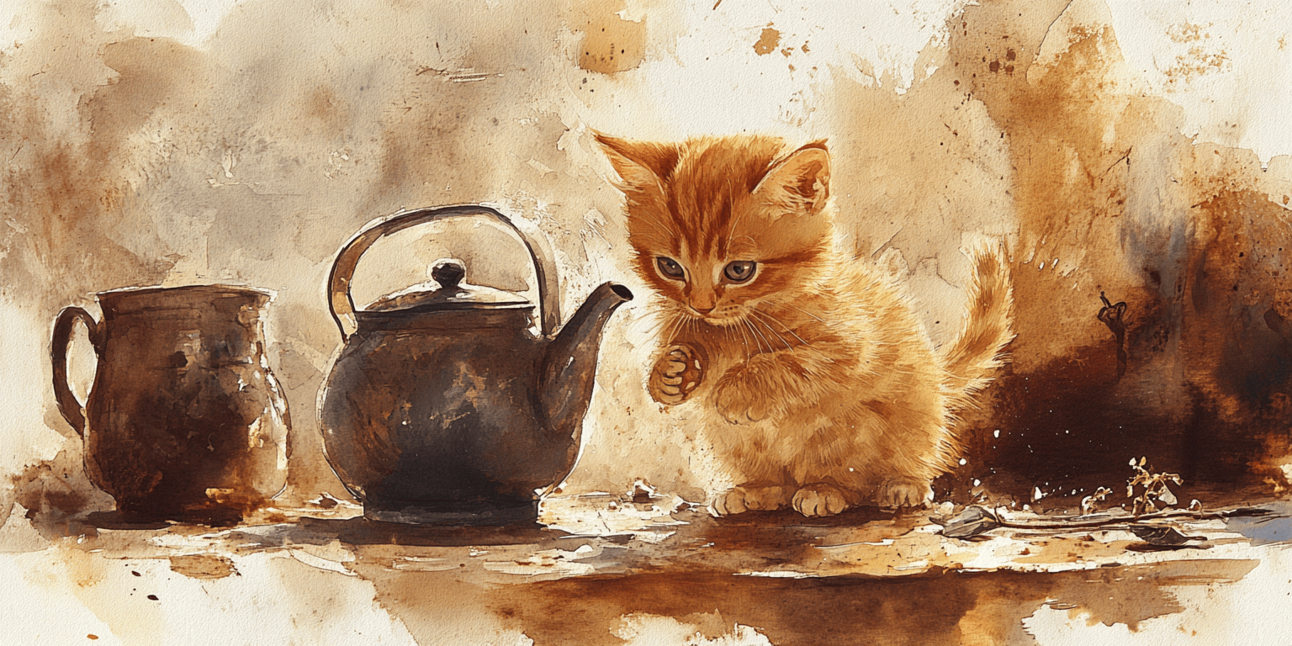The Right Temperature to Brew Coffee

The Right Water Temperature
“What are you talking about? Can you just not put boiling water in ground coffee?”
Definitely not. Treat the poor coffee grounds carefully.
We have seen chai and coffee made at our homes on the stovetops since childhood. It’s easy to think boiling water is necessary to extract the coffee. That is not completely wrong. But it’s easy to extract the unwanted flavours, like bitterness, at higher temperatures.
The coffee beans, or the pre-ground coffee, we generally get for brewing now is carefully studied and roasted. Boiling water just destroys everything. Or at least not to the full potential of what it can truly be.
The taste of coffee depends on a lot of factors like the roast level, temperature, coffee to water ratio and brewing technique. Let’s see how temperature can affect your brew.
What’s the right temperature then?
It’s quite tricky. Plus varies from palette (your taste) to palette. But we can follow guidelines.
Brewing coffee is as much science as it is an art.
We know there are different types or levels of roasts: light, medium and dark. Each of them has different characteristics that extend to different ideal brewing temperatures.
Light roasts are known for their vibrant acidity (like the sourness in a fruit) and are generally more dense. Hotter water helps extract them better.
On the other hand, medium and darker roasts are not as hard to extract, so we can drop the temperature down and not over-extract them. These dark roasts are already roasted at high temperatures.
Ideal temperatures help extract a balanced cup with the coffee's full aromatic profile. The recommended temperature is from 85C to upto 96C. I cannot give you a ball park figure as it depends on a lot of factors.
We will talk about how to reach those temperatures without any measuring equipment in some time.
But don't take my word for it. Experiment. Note down the temperature and how the coffee felt. Make changes accordingly. This newsletter is only a starting point for your exploration.
Every day is a new experiment. And when you are experimenting, it's generally advised to have only one variable and everything else consistent. For example, if you are figuring out the right temperature, keep the grind size and technique consistent.

For inspiration, this is how I log my brews.
How to eyeball temperatures
Knowing the temperature is a major factor in brewing your coffee. It is good to invest in a good temperature-controlled kettle.
If you don't have it yet, here is what you can follow.
I do have a temperature-controlled kettle and did some experiments for you.
Keeping these ballpark figures in mind, you can adjust your brewing as you like.
One last tip
It’s equally important to keep the temperature consistent throughout the brew. And when you pour any hot liquid into a cold cup/brewer, it cools down significantly.
Preheat your equipment. This ensures your coffee doesn't get a thermal shock. It involves heating your brewer and cup before starting the brewing process.
Hope this makes your brews exciting and experimental. Keep brewing!